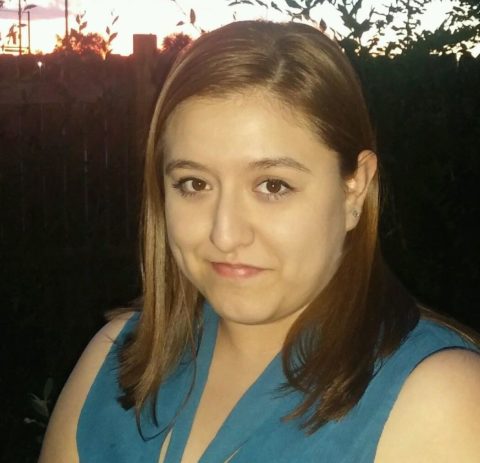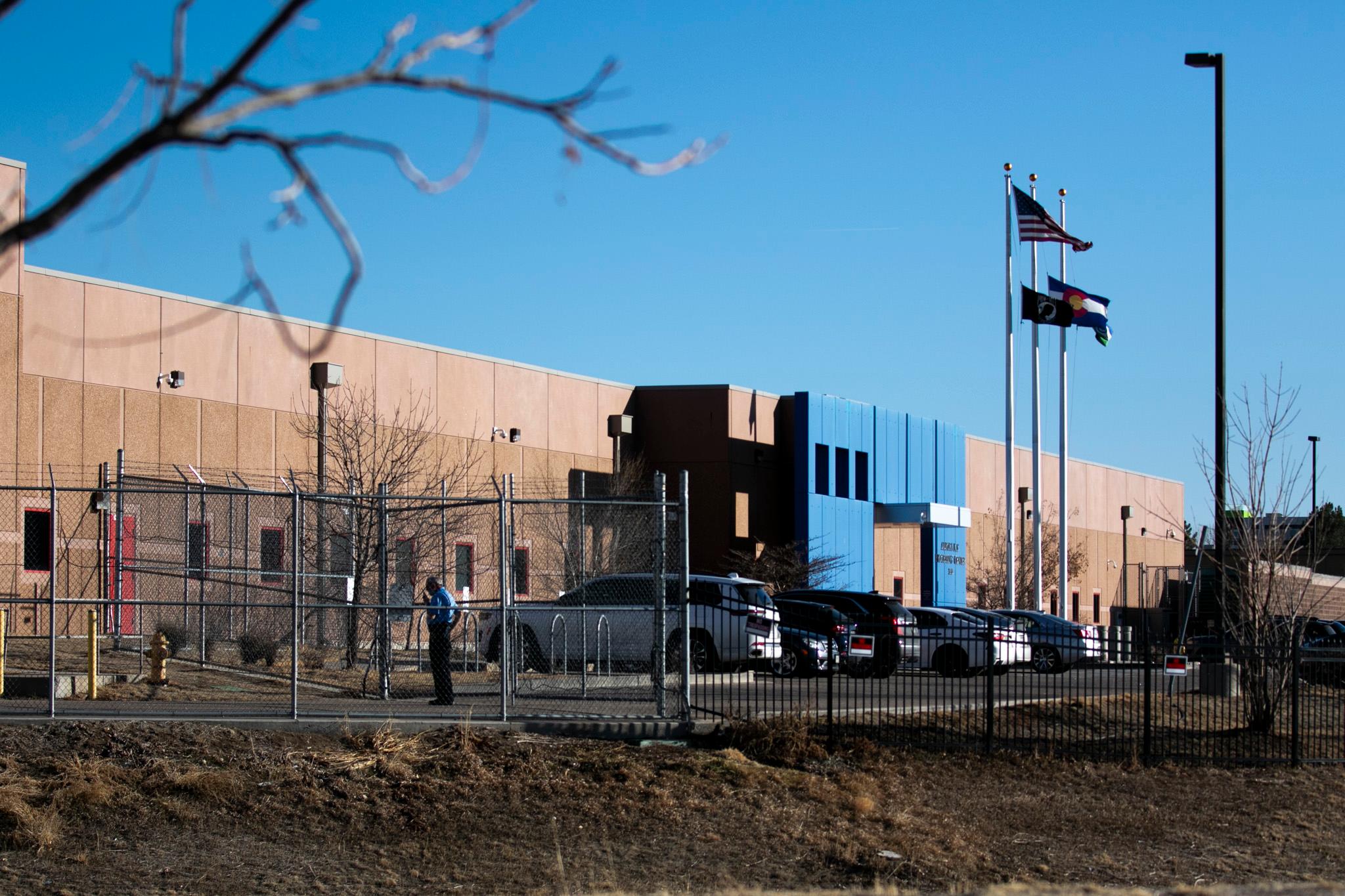
This story was originally published by Chalkbeat. Sign up for their newsletters at ckbe.at/newsletters.
For years after Oliver Dean lost his dad to cancer at age 5, triggers could send him into a depressive spiral.
But young Oliver had some advantages: He had a mother who worked at his school, an accessible school counselor and a psychologist specializing in child grief. Together, they helped him cope with overwhelming memories and disabling pain.
Since the pandemic began, more children have experienced the loss of a parent or caregiver, but too few of them have access to such support.
Last year, the Cherry Creek School District began a pilot program with grief-care nonprofit Judi’s House in Aurora to host group therapy for elementary-age students. The Cherry Creek Schools Foundation is funding the program.
This year the program serves 20 students at two schools.
“I think there is a lot more need, absolutely,” said Steve Nederveld, director of mental health for the Cherry Creek School District. “We had schools specifically ask us for this kind of program.”
Dean knows about that need.
One day in third grade, a book about a girl who had alopecia, a condition causing hair loss, flooded Dean’s mind with painful memories about his dad balding and how he didn’t remember him with hair.
Often, teachers knew to warn Dean when a subject in class might remind him of his loss. On this day, Dean wasn’t expecting to have a wave of grief wash over him. But because he had been learning skills to deal with his emotions, he recognized what he was feeling and decided to step out of his classroom.
Now 19, Dean says he was lucky to have the support, part of it arranged beforehand by his dad, who was a social worker. He knows most children aren’t as fortunate.
“There are far more people than you would expect who lose someone significant before they turn 18,” Dean said. “You don’t know everyone’s circumstance. There are a lot more people who can relate than you think.”
Need for grief care is growing
If Cherry Creek’s trial proves it helps children, leaders say they hope it could become a regular part of Judi’s House offerings to schools. That would require more data to show the program works, as well as a way to pay for it, since the group does not charge schools. For years, the nonprofit has focused on middle schools, where they’ve felt their limited funding can make the most impact.
But Nederveld heard from elementary school leaders who want similar services in their schools.
Firm numbers are hard to come by, but people who work in schools say more students are dealing with losses. Nederveld said some of that is COVID-related, but students also are enduring the fallout of deaths by suicide, drug overdoses, and gun violence.
A model Judi’s House developed estimates the number of children who will experience the death of a parent or sibling by age 18. In 2018, that estimate was 1 in 18 children in Colorado. In 2022, the estimate went up to 1 in 14 children.
That would be about 7 percent of the child population.
“We weren’t really surprised by the data but we were also shocked, if that’s possible,” said Dr. Micki Burns, chief clinical officer at Judi’s House. In 2020, an estimated 4 percent of children who had lost a caregiver lost that parent to a gun-related homicide. “It’s a number that is growing and increasing.”
Burns said Judi’s House does serve everyone who comes to them but sometimes people have to wait for a spot in a group. The organization also offers quarterly family services. Sometimes people come to them but need other mental health services first, so they may get referred elsewhere.
”There is such a gap in mental health services in general,” Burns said. “As a society, we do need to do so much more.”
Schools see a benefit to helping students cope with grief
Last year, after the pilot started at Sagebrush elementary, Judi’s House found positive effects on students. Teachers reported students had improved attention and behavior, said Emily Napier, a licensed clinical social worker and community-based care manager for Judi’s House, who is running the pilot program.
Judi’s House is running its grief therapy groups this year at Cherry Creek’s Village East Community Elementary, where almost 70% of students qualify for subsidized meals, a measure of poverty, and Rolling Hills Elementary where about 15% of students do.
“I don’t think these two schools were outliers,” Nederveld said. “They were the first to reach out.”
Kids are placed into either kindergarten through second grade or third through fifth-grade groups.
Rolling Hills has about 10 students in a weekly group, for third through fifth graders.
In the fall, staff reached out to families of students they knew had lost a close relative. If the family agreed, a Judi’s House clinician interviewed the student to see how grief was impacting them and to ensure the group setting could benefit them. Classroom teachers also filled out questionnaires about their student’s behavior in class.
This spring, the 10 students began meeting once a week, for an hour, in a group run by staff from Judi’s House.
District and school leaders say that the fact the group is run at school, during the school day, and for no charge helps families who may face barriers trying to access those services outside of schools.
Karen Arrowsmith, the school’s psychologist, said that halfway through the 10-week program, teachers are reporting that students are excited.
“They’re looking forward to the group, they’re opening up, and they’re checking in to make sure the group is still happening that week,” Arrowsmith said.
The goal is to slowly help students better understand their feelings, and to process their emotions. Then students learn about various coping strategies.
“When someone close to a child dies it kind of just rocks their world,” Arrowsmith said. “I would say we see a variety of emotions: confusion, sadness, anger, worry. Kids will tell me sleeping is hard. Concentrating on school work can be hard.”
For the younger group, a six-week course helps students label and understand their feelings and learn strategies to cope with them.
“A child’s understanding of the world can get shattered or disrupted,” Napier said. “It’s very painful. That can come out as behavioral changes. It helps schools to be able to say we don’t want to punish these kids for this behavior, but also we need them to be able to function and learn.”
Connecting with others helps children heal
Oliver Dean’s mom, Lisa Dean, remembers the first group session she and her son, then 7, joined at Judi’s House.
“We came home and Oliver said to me, ‘I want to go to school at Judi’s House,’” she said. “I was really confused. He loved school, but he said, ‘everyone there was like me. They all had someone in their life who died.’”
She and her son describe the “magic” of Judi’s House as their ability to create a safe space for families to talk about loss, despite being in a society that doesn’t like to talk about it.
Lisa says when Oliver was growing up she saw his grief show up in different ways. Changes, like the end of a school year, were difficult. Teachers noticed him struggling around the time of his bar mitzvah, because she realized he was missing his dad.
“Grief isn’t an event, it’s a journey that changes over time depending on the child’s maturity,” Lisa said. “As he matured he was able to see there’s lots of levels of loss and grief, and they’re not all as intense.”
Lisa now volunteers at Judi’s House, where she’s a “buddy” for children who need help completing activities during the group, or who need to be pulled away for a break during a difficult moment.
Napier said groups are a “powerful opportunity for kids to feel seen.”
“Sometimes, especially with little kids, as a society, we might underestimate how much grief they’re in, but little kids grieve just as much as we do,” Napier said.
Oliver, who is now in college, wishes more schools were prepared to help students who experience the death of a close family member.
“We live in a society that doesn’t want to talk about death. But for people who are grieving, it makes it harder to not see someone walking down the hall who gets it,” he said. “Leaving students in a lurch with an expectation they perform at the highest level, even when they’ve kind of been through it, it’s not fair. Sometimes there are things in life that are more important.”
Clarification: This story has been updated to more accurately describe the numbers of grieving children estimated in the model used by Judi’s House.
Yesenia Robles is a reporter for Chalkbeat Colorado covering K-12 school districts and multilingual education. Contact Yesenia at [email protected].
Chalkbeat is a nonprofit news site covering educational change in public schools.









